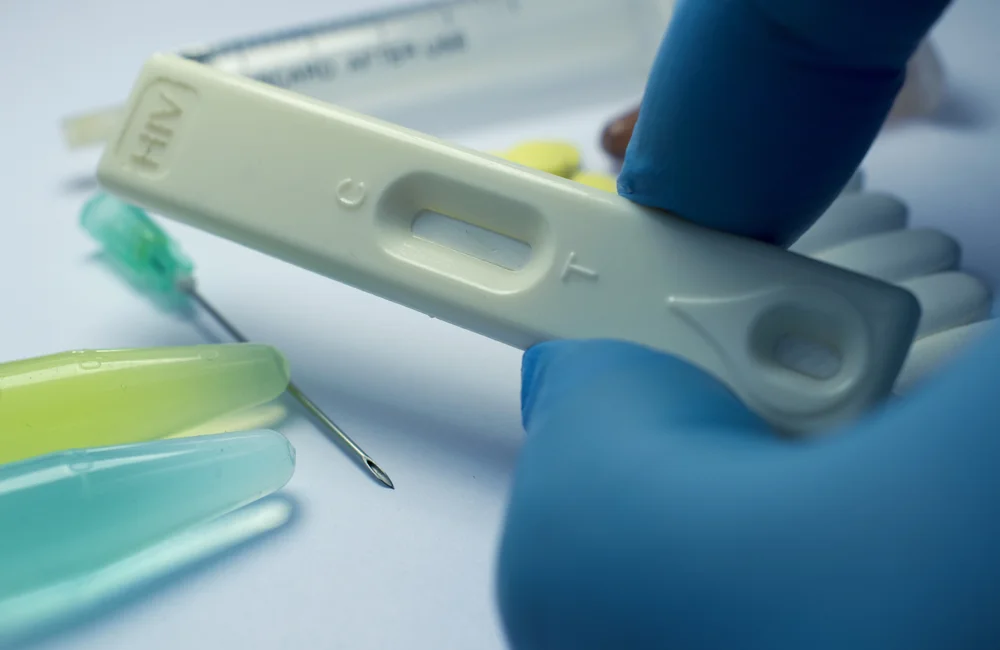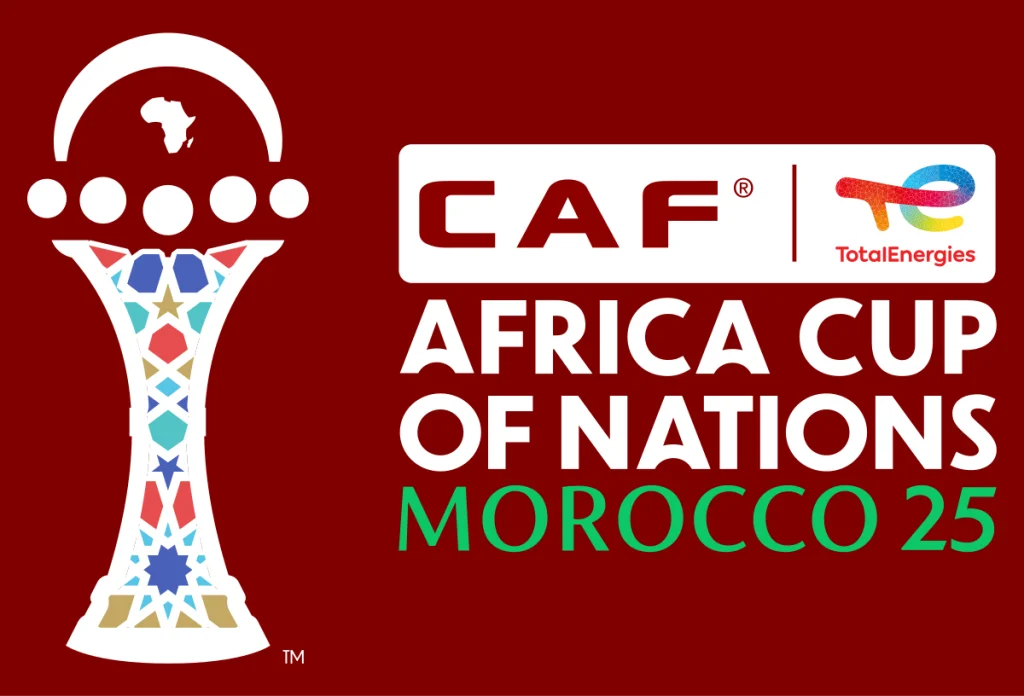Every day in 2024, the world witnessed a sobering reality: around 712 children acquired HIV daily, and nearly 250 died from AIDS-related complications. These deaths largely resulted from insufficient access to critical prevention and treatment services. Tragically, a significant number of these children lived in Nigeria, Africa’s most populous nation and one of the hardest-hit countries in the global fight against HIV.
Currently, Nigeria has approximately 1.9 million people living with HIV. It ranks fourth globally in HIV burden, but its most pressing challenge lies in the area of mother-to-child transmission (MTCT). This persistent issue threatens the country’s efforts to curb new infections and undermines progress toward global HIV eradication goals.
Lagging Behind Global Progress
While global campaigns have achieved remarkable success, with a 62% decline in HIV infections among children aged 0–14 since 2010, Nigeria’s performance tells a different story. The country’s MTCT rate remains alarmingly high—25% in total. This figure includes a 15% transmission rate by six weeks after birth and another 10% during breastfeeding. In stark contrast, the World Health Organization (WHO) recommends a transmission rate of less than 5% to be considered for MTCT elimination.
Nigeria’s inability to meet this benchmark has far-reaching implications. According to UNAIDS, nearly 22,000 babies in Nigeria are born with HIV every year. That means one in every seven global cases of pediatric HIV originates from Nigeria. This unacceptable figure exposes systemic challenges that require immediate intervention.
The Human and Social Cost of Inaction
Beyond the statistics, the consequences of HIV in children are devastating. AIDS-orphaned children face increased vulnerability to poverty, neglect, abuse, and disruption of their education. These children often grow up in environments lacking stability, care, and access to basic needs—conditions that perpetuate cycles of hardship and marginalization.
While it is tempting to place blame solely on mothers, the root of the crisis lies in widespread systemic failures. For example, fewer than 50% of pregnant women in Nigeria receive routine antenatal HIV testing. Although 67% attend at least one antenatal visit, only a fraction follow through with regular care and treatment. Additionally, adherence to the recommended antiretroviral therapy, known as Option B+, is critically low, with only about 33% of mothers maintaining consistent treatment.
Early Promise Undermined by Weak Implementation
Nigeria once showed great promise in combating MTCT. The nation embraced the Global Plan to eliminate new HIV infections among children in 2011. It later adopted the Option B+ treatment model in 2016, and by 2018, the government had re-launched key Prevention of Mother-To-Child Transmission (PMTCT) programs. The appointment of then-First Lady Aisha Buhari as Special Ambassador for Eliminating MTCT was a bold political move signaling strong intent.
However, despite these milestones, tangible results have been minimal. Between 2010 and 2024, Nigeria has managed to reduce mother-to-child transmission by only 15%. In contrast, South Africa and Uganda have achieved reductions of up to 70%, while seven other sub-Saharan African countries have halved their pediatric HIV rates. This glaring disparity highlights a critical gap in policy execution and health infrastructure.
Chronic Underfunding and Brain Drain in Healthcare
At the heart of Nigeria’s struggle is its underperforming health system. Chronic underfunding, persistent drug stockouts, and a shortage of trained health workers severely hamper the ability to deliver essential services. Universal antenatal HIV screening, a basic pillar of MTCT prevention, remains a distant goal. Tracking and follow-up mechanisms for HIV-positive mothers and their infants are often non-existent or disorganized.
Moreover, universal health coverage continues to elude Nigeria. Wealthy Nigerians—including government officials—frequently bypass domestic healthcare entirely. During former President Muhammadu Buhari’s eight-year administration (2015–2023), the country spent approximately $3.6 billion annually on medical tourism. Nations such as India, the UK, the US, and several European countries have profited from Nigeria’s crumbling healthcare system.
This neglect has led to the mass migration of Nigerian healthcare professionals to countries in Europe, the Middle East, and North America. Their departure leaves behind an overburdened, under-resourced medical workforce struggling to meet the needs of millions.
Turning the Tide: What Nigeria Must Do Now
To break this dangerous cycle, Nigeria must act swiftly and decisively. First, the government must dramatically expand antenatal HIV testing coverage. Every pregnant woman should be tested and, if positive, enrolled in antiretroviral therapy immediately. Achieving 100% coverage is not just ideal—it is necessary.
Equally important is ensuring maternal adherence to treatment. Evidence-based initiatives, such as mentor-mother programs, have proven effective in supporting HIV-positive mothers through their care journey. These peer-led efforts promote accountability, reduce stigma, and improve retention in care, all of which are vital for successful treatment outcomes.
Furthermore, Nigeria should adopt a digitized, nationwide PMTCT monitoring system. This would enable healthcare providers to link clinic records with national registries, track at-risk infants, and ensure timely delivery of antiretroviral prophylaxis. Data integration and real-time tracking are essential for identifying service gaps and closing them swiftly.
Boosting Domestic Investment and Accountability
Financial investment in PMTCT must also increase. Nigeria should allocate a dedicated budget for mother-to-child HIV prevention within the National Agency for the Control of AIDS (NACA). This funding should be transparent, well-monitored, and directed specifically toward testing, treatment, and community-based outreach.
Engaging faith-based and community organizations is another powerful tool. These groups are deeply rooted in local communities and can effectively combat stigma, raise awareness, and encourage families to seek services. Trust and cultural alignment play key roles in health-seeking behavior, particularly in rural and conservative communities.
In addition, all states must report MTCT data regularly to a centralized system. State-level accountability will allow for tailored interventions and more efficient resource deployment. It will also help highlight success stories that can be replicated across the country.
A National Mission with Global Implications
Eliminating mother-to-child transmission of HIV in Nigeria will not only save thousands of lives annually but will also push the country closer to achieving the global 95-95-95 targets. These goals aim for 95% of people living with HIV to know their status, 95% of those diagnosed to be on treatment, and 95% of those on treatment to achieve viral suppression.
Given Nigeria’s population and HIV burden, the country’s failure—or success—will significantly impact regional and global progress in the HIV response. If Nigeria lags, other nations may struggle to meet their targets. However, if Nigeria leads, it can inspire and set a precedent for countries facing similar challenges.
Conclusion: The Time to Act Is Now
The path forward is clear, and the stakes are too high to delay action. Nigeria has the tools, the knowledge, and the framework to eliminate mother-to-child transmission of HIV. What is needed now is unwavering political will, strategic investment, and sustained community engagement.
Eliminating pediatric HIV in Nigeria is not a distant dream. With the right commitment, it is a goal within reach—and one that will secure a healthier, more hopeful future for generations to come.












